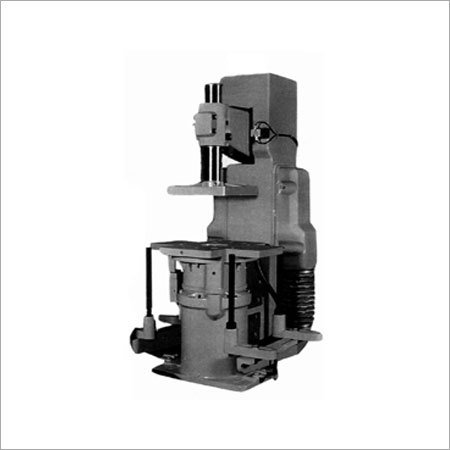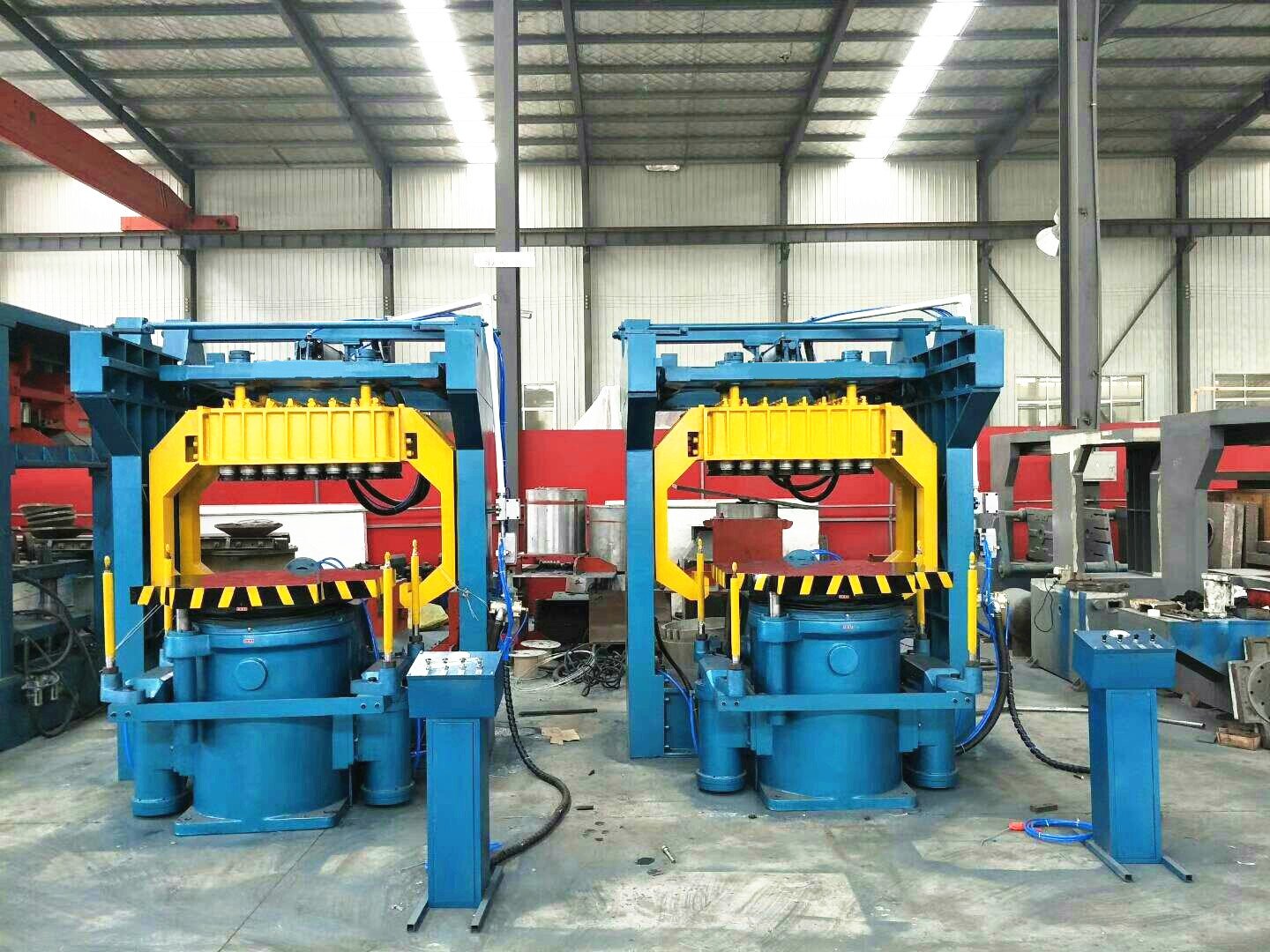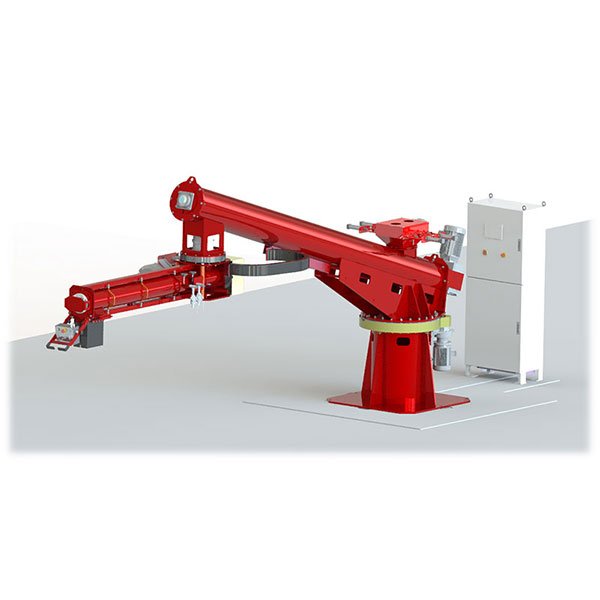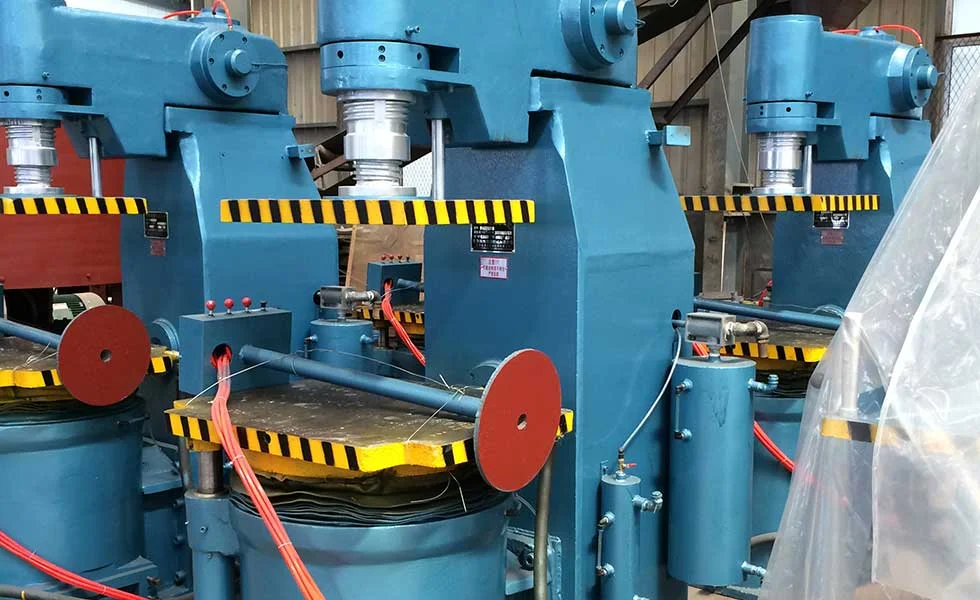
Over the years working on industrial projects across Africa, I’ve seen countless workshops suffer due to poor surface preparation—paint peeling off, parts sent back for rework, or corrosion setting in within months. And in many of those cases, all they needed was the right machine to do one job right: clean the metal properly.
The rotary table shot blasting machine has become one of my go-to solutions. Reliable, compact, and consistent—it gets the job done even in the most demanding field conditions.
Whether space is tight, skilled labor is hard to find, or you’re dealing with complex workpieces in batches, this machine often makes the difference between delays and on-time delivery.
What Is a Rotary Table Shot Blasting Machine?
In simple terms, it’s a blasting cabinet with a rotating table inside. You load the parts on the table, close the doors, and the machine does the rest—blasting high-speed abrasive media to clean the surface thoroughly as the table turns.
There are a few types I’ve worked with:
| Type | Feature | Ideal Use |
|---|---|---|
| Single Table | One rotating platform | General batch work |
| Double Door | Two compartments for faster cycles | Medium throughput needs |
| Multi-Station | Divided working zones | Mixed parts or frequent changeovers |
We used it in a foundry in Tanzania to clean cast iron housings. It replaced manual grinding completely, saved hours, and got into corners our previous tools couldn’t reach.
What Are the Common Use Cases for Rotary Table Shot Blasting Machines?
This machine isn’t one of those single-use tools. It adapts to many scenarios. I’ve seen it used in automotive plants, repair shops, foundries—even remote mining facilities.
Here are the most common applications I’ve personally implemented:
- Cleaning castings or forgings – Gets rid of sand, rust, and oxide layers easily.
- Surface prep before painting or coating – Leaves the right profile for paint or powder to stick.
- Deburring and edge rounding – Smooths out sharp edges, improves part safety and assembly fit.
- Shot peening – Helps strengthen components like springs and suspension arms by relieving surface stress.
- Refinishing used or reclaimed parts – A must-have for any remanufacturing line.
We once used it in a generator repair shop in Uganda—restored old casings so well the customer thought they were new replacements.
What Are the Key Benefits of Using a Rotary Table Shot Blasting Machine?
The first thing anyone notices after using one of these machines? How little babysitting it needs. Set it up, load your parts, and it runs on its own.

Here’s why I keep recommending it:
| Benefit | Why It Matters |
|---|---|
| Efficient batch processing | Load multiple parts at once and save time |
| Consistent results | Table rotation ensures even exposure |
| Reduced labor | Operators only need to load and unload |
| Compact size | Fits in smaller workshops or containers |
| Adjustable settings | Can be tuned for different materials and profiles |
In Ghana, we installed one for a team doing hydraulic part refurbishment. They cut labor by half and doubled their daily output within two months.
What Industries Use Rotary Table Shot Blasting Machines?
This machine finds a home in more places than you’d think. If your parts are metal and need surface treatment, there’s a good chance this machine fits the bill.
Here’s a breakdown based on what I’ve seen in the field:
| Industry | Application | Advantage |
|---|---|---|
| Automotive | Brake discs, suspension arms | Reliable for critical part prep |
| Aerospace | Turbine blades, precision components | Supports controlled peening |
| Foundry | Cast iron or aluminum parts | Handles complex shapes evenly |
| Energy | Flanges, power components | Improves coating durability |
| Remanufacturing | Used gearboxes, engine parts | Restores surface like new |
In Rwanda, a shop was using it to clean reused gearbox housings. With the right media and settings, their reconditioned parts passed every client inspection.
How to Choose the Right Rotary Table Shot Blasting Machine?
Buying this kind of machine is all about fit, not flash. Don’t just go for the biggest or most expensive model—choose what suits your workflow.

I always walk clients through a few questions:
| Consideration | What to Ask |
|---|---|
| Part size | Will your largest parts fit the table? |
| Weight handling | Will you need crane loading or can it be done manually? |
| Production volume | How many batches per shift? |
| Available space | Is there enough room for operation and maintenance? |
| Media type | Will you be using shot, grit, or something else? |
| Automation | Do you need auto doors or programmable cycles? |
| Line integration | Can it connect to your current system or workflow? |
One project in the DRC needed to clean heavy-duty cylinder parts. They almost bought a tumble blast unit, but after we looked at their layout and part mix, a twin-nozzle rotary table setup fit much better—and now they can handle twice the workload with fewer stoppages.
Conclusion
Rotary table shot blasting machines are workhorses. They don’t complain, they don’t need fancy maintenance, and they keep producing consistent results—even when everything else around them is under pressure.
If you’re facing problems with slow cleaning, poor surface prep, or rising labor costs, give this machine a serious look. It might just be the backbone your production line is missing.







